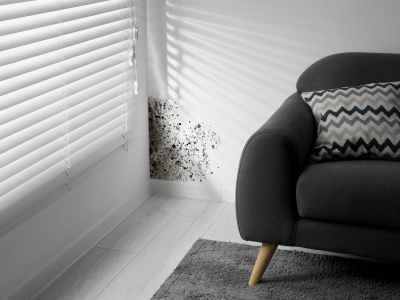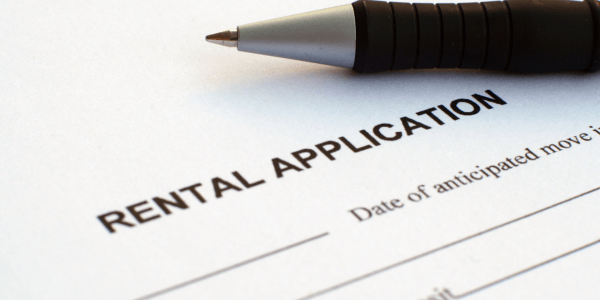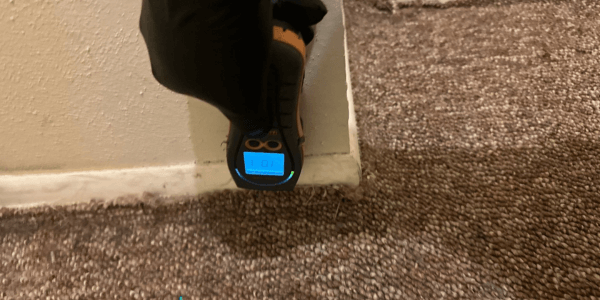
Does Mold Affect Indoor Air Quality? Here’s What You Need To Know
If you’ve noticed mold creeping into your home or just have a nagging concern about how it might be affecting your indoor…
Get the answers for yourself and learn all about the damage restoration industry. We’ll explain how-tos, valuable insights, DIYs, and more.

If you’ve noticed mold creeping into your home or just have a nagging concern about how it might be affecting your indoor…

Water damage might not be the first thing you think about when it comes to home maintenance, but it can quickly turn…

Water damage is one of the most common issues renters face, yet understanding how renters insurance covers such incidents can be confusing.…

Don’t Let Mold Take Over: How to Achieve Mold Prevention After Water Damage Howdy, neighbors! Here in San Antonio, we all know…

The Tell-Tale Signs of Mold Have you ever walked into a room and caught a whiff of something musty? That’s not just…